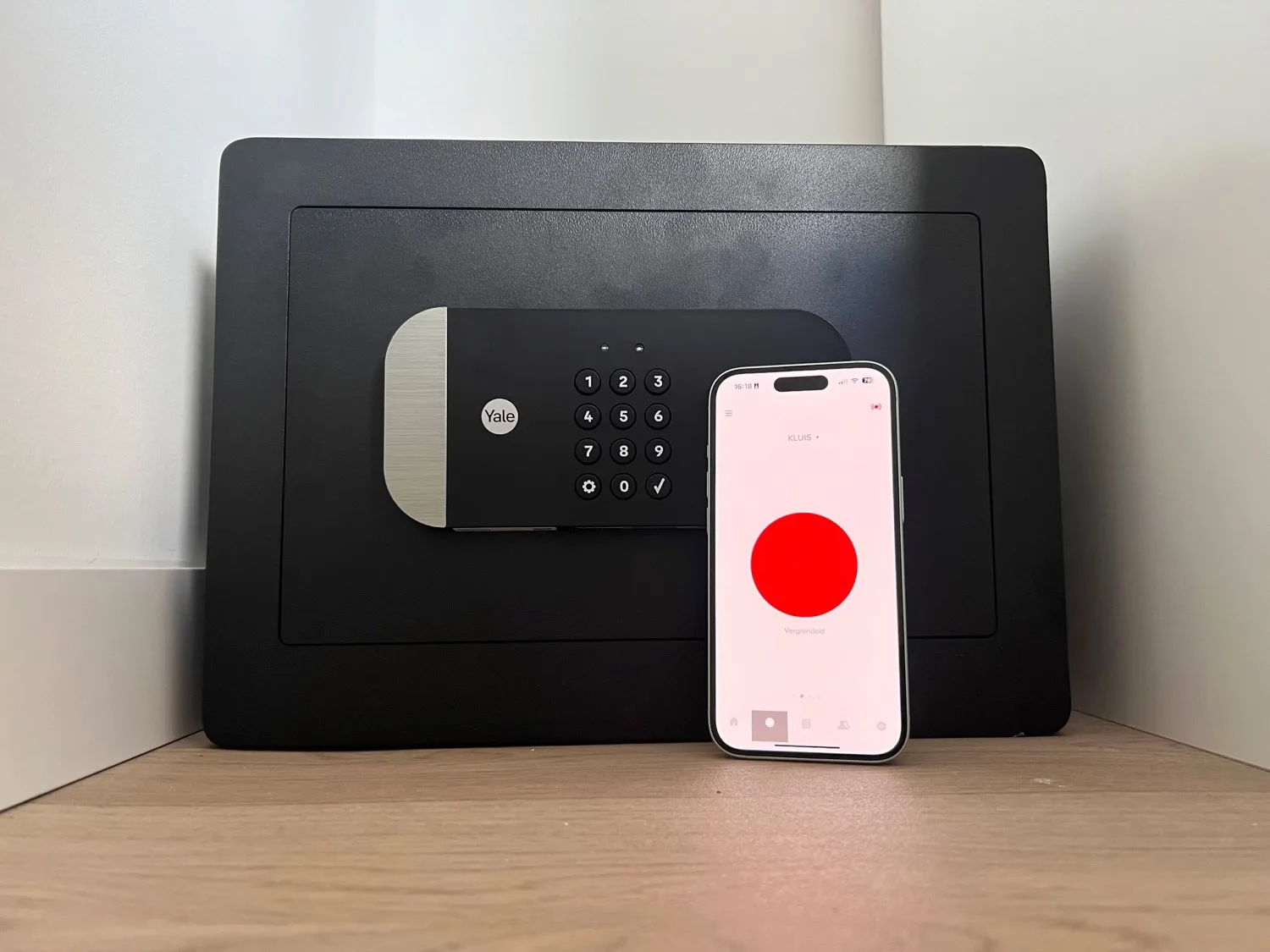TrueCaller is one of the best-known anti-spam apps on the market. The app contains a database in which anyone can search for a phone number and check if it has negative reviews from other users, warning of a possible scam or fraud, annoying or harassing commercial use, etc. It is possible to use it for free and even apply filters on Android or iPhone to block certain numbers.
In its free version, TrueCaller has many useful features, although others are behind the paywall. Now, the app has just updated its app for iPhone devices to bring a feature that Android users already enjoyed to Apple phones.
After the new update, the iPhone app also includes real-time recognition of a phone number that calls us, offering us information on the screen if it recognizes the number in its database. In this way, from the moment the iPhone screen shows us the incoming call, we can see a TrueCaller subtitle with the spam label or similar, in case it is a number reported several times in the application. This is a relevant improvement, which allows us to save even answering the call, or having to manually search for the number in its database later to check if it has reviews or not.

Probably, TrueCaller has introduced this feature on iPhone now and not before because it was with the release of iOS 18 that Apple has included the feature called Live Caller ID Lookup. This is the technology that allows the phone to connect to a third-party server to check data about the incoming call.
Currently, Truecaller has over 2.6 million paying subscribers, of which only about 750,000 are on iOS. To be able to use this live caller ID function, as well as automatic spam blocking and others such as incognito mode, TrueCaller asks for 3.99 euros per month, or 25.90 euros for the annual plan.

In iOS 18, Truecaller has also updated its interface so that the caller’s name appears in bold above their number. Now, Truecaller is working on having images appear on caller ID for its iOS users.
Pay for the service or demand it for free?
The bad news is that this function will be one of those included in the subscription, so it will not be available to users in its free version. However, given the growing problem internationally, but also serious in Spain due to the high level of fraudulent calls and messages that citizens receive, it is possible that paying in exchange for these services will begin to become more popular.
What telephone customers debate is the appropriateness of paying for a service that, as many argue, operators should provide free of charge.
There is great discontent and incomprehension among citizens about why the operators do not step forward and act more quickly in cases of fraud, even though there may be certain technical difficulties such as the rapid and constant change of numbering used by the Fraudulent call centers.













